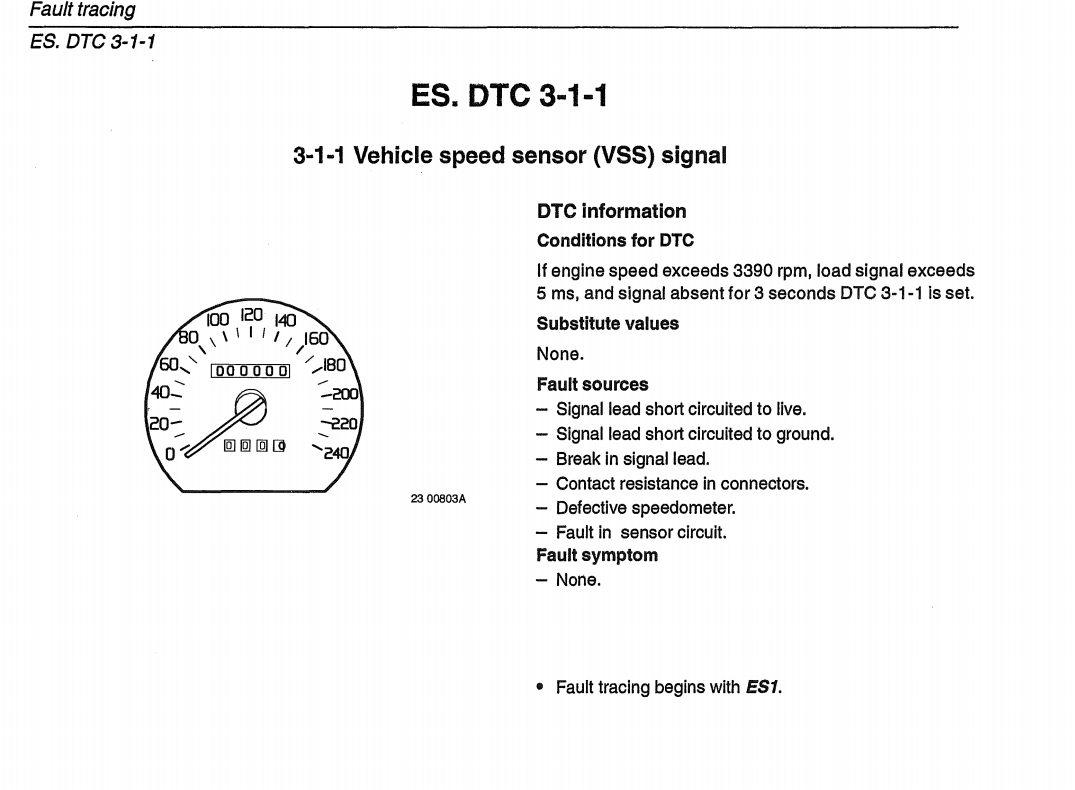Broke4speed
Well-known member
- Joined
- Oct 5, 2009
- Location
- Marionville, Ontario, Canada
I'm a decade or so too late, and maybe someone's already done it, but I can't find any of their work...so I'm going to post my own. I like deciphering early Bosch ecus, and when a 94 960 popped up in one of my local yards, a swap project was born. I plan to wire it up using the stock ecu and tcu (minus the torque reduction wires), and flesh out the file with an Ostrich emulator. There will be no boost, but I don't see why there couldn't be, once I'm more familiar with everything.
I've put some of my XDFs up on the tunerpro website (M2.9, OBD1 VW ABA, and VW Digifant 1 G60), so I'll be sharing everything I learn. Whether or not anyone uses it doesn't matter, I just like doing this .
.
The first thing I've discovered is that if you can find a copy of "Motronic Suite" (when you do, run it in admin mode), there will be M1.8 (pre-95) bins, and the software can convert the hex into maps already. It can only describe a few of them, but the raw data is all there. It looks a bit like BMW M1.7, which has part-throttle/idle mapping and separate 1x16 WOT maps for both fuel and ignition. With the realtime emulation function of the Ostrich, it's easy to trace the maps while running, so I'm currently transcribing everything over to Tunerpro to make an XDF.
I've pulled the bin out of the ecu I got at the junkyard (and the entire engine...but that's not the focus yet), and am using it as my base, but the other bins I've found are very similar. Just a bit of an offset between files, so the same xdf will work with adjustments. When I have a bit more of the transcribing done, I'll post up what I've got. I'm hoping to stumble upon the checksum info somehwere, so if anyone has any tips, it would be much appreciated. Too bad there aren't any ebay 'tuner' chips, they're always good for comparing and reverse engineering .
.
See the last post for the XDF and bin.
I've put some of my XDFs up on the tunerpro website (M2.9, OBD1 VW ABA, and VW Digifant 1 G60), so I'll be sharing everything I learn. Whether or not anyone uses it doesn't matter, I just like doing this
The first thing I've discovered is that if you can find a copy of "Motronic Suite" (when you do, run it in admin mode), there will be M1.8 (pre-95) bins, and the software can convert the hex into maps already. It can only describe a few of them, but the raw data is all there. It looks a bit like BMW M1.7, which has part-throttle/idle mapping and separate 1x16 WOT maps for both fuel and ignition. With the realtime emulation function of the Ostrich, it's easy to trace the maps while running, so I'm currently transcribing everything over to Tunerpro to make an XDF.
I've pulled the bin out of the ecu I got at the junkyard (and the entire engine...but that's not the focus yet), and am using it as my base, but the other bins I've found are very similar. Just a bit of an offset between files, so the same xdf will work with adjustments. When I have a bit more of the transcribing done, I'll post up what I've got. I'm hoping to stumble upon the checksum info somehwere, so if anyone has any tips, it would be much appreciated. Too bad there aren't any ebay 'tuner' chips, they're always good for comparing and reverse engineering
See the last post for the XDF and bin.
Last edited:

